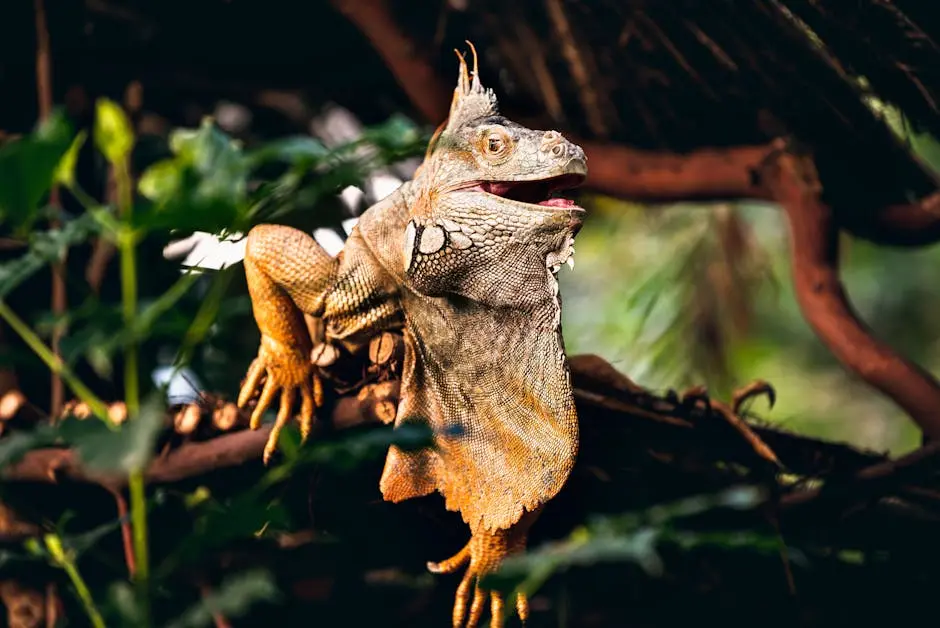How Does Reptile Bedding Affect Your Pet's Health?
9th Jun 2025
Choosing the right bedding for your reptile might seem daunting with the variety of options available. However, it's an important decision as it directly impacts your pet's health. Let’s explore how different types of reptile bedding can influence the well-being of your scaly friend.
Understanding Different Types of Reptile Bedding
From natural substrates like coconut fiber and cypress mulch to synthetic options like paper or carpet, each type of bedding offers unique benefits and potential drawbacks. Understanding these options can assist in creating the best environment for your pet.
Coconut fiber bedding, for example, is popular for reptiles hailing from humid environments. It retains moisture effectively, fostering the right humidity level required for many tropical species. However, for reptiles from arid regions, substrates like sand or pebble could mimic their natural sands. The choice between natural and synthetic bedding should also take into account factors like cleanliness and odor control.
Ensuring the material is digestible is crucial, especially if you have a reptile prone to consuming substrate accidentally or out of curiosity. Materials like shredded paper can be a safe choice if ingested but might not provide the natural feeling needed by reptiles that enjoy burrowing.
How Bedding Material Affects Reptile Health
The bedding material can influence moisture levels, temperature regulation, and even the risk of impaction. In this section, we'll discuss how each aspect can affect your reptile's health and what you should consider when choosing a bedding material.
Some bedding types, such as aspen shavings and coconut husk, help maintain appropriate humidity levels which are integral for the shedding process in reptiles like snakes and lizards. This is vital for maintaining skin health and preventing shedding complications. Conversely, oversaturating the environment, a risk with certain substrates, can lead to respiratory issues.
Temperature regulation also plays a part; some bedding like reptile carpets can absorb and dissipate heat efficiently, aiding species that depend on external heat sources. Bedding that insulates well can assist with maintaining body temperature, which is crucial for metabolic processes in these ectothermic creatures.
Reptile-Specific Bedding Needs
Different reptiles have different needs. Whether you have a desert-dwelling bearded dragon or a rainforest-loving gecko, their natural habitat should guide your choice of bedding. This section delves into the specific needs of various reptile species.
If you’re accommodating a burrowing reptile, opting for a loose substrate that allows digging is essential. Species like leopard geckos may thrive better with a solid base like slate tile, which mimics the rocks they’d discover in their native range. This not only aids their muscles but provides a longer-lasting solution against wear and tear.
For reptiles like turtles and tortoises, an earthy base made of soil or coco-husk blend may replicate their natural environment while allowing the right amount of traction for digging and exploring.
Signs Your Reptile May Need a Bedding Change
It’s vital to monitor your pet for any signs of distress, allergies, or health issues related to their bedding. Learn what to look out for and when to consider switching to a different type of bedding.
Signs of skin irritation, persistent sneezing, or unusual behavior changes, like excessive hiding or lethargy, could indicate the bedding isn't suitable. Monitoring changes in shedding patterns or respiratory issues is also critical, especially with substrates that increase dust levels.
Tips for Maintaining Healthy Bedding
Proper maintenance is key to ensuring the bedding continues to support your reptile's health. This includes regular cleaning, monitoring moisture levels, and more. Let’s explore some best practices for bedding maintenance.
Regularly removing waste and replacing any soiled sections can prevent the spread of bacteria. This may require daily spot checks supplemented by more thorough weekly cleanings. Also, rotating substrate areas can help ensure even wear and prevent compaction in favored spots.
Consider using a secondary substrate layer like a liner underneath the main bedding to protect the enclosure from any damage caused by moisture or escaped substrate. This can prolong the life of the habitat and maintain a more hygienic environment overall.
Prioritize Your Reptile's Health with the Right Bedding Choice
In conclusion, the choice of reptile bedding is crucial for your pet's health and happiness. By understanding the different bedding types and considering your pet's specific needs, you can create a comfortable and safe habitat. Always prioritize your pet's health by choosing bedding that reduces risks and enhances their quality of life.





